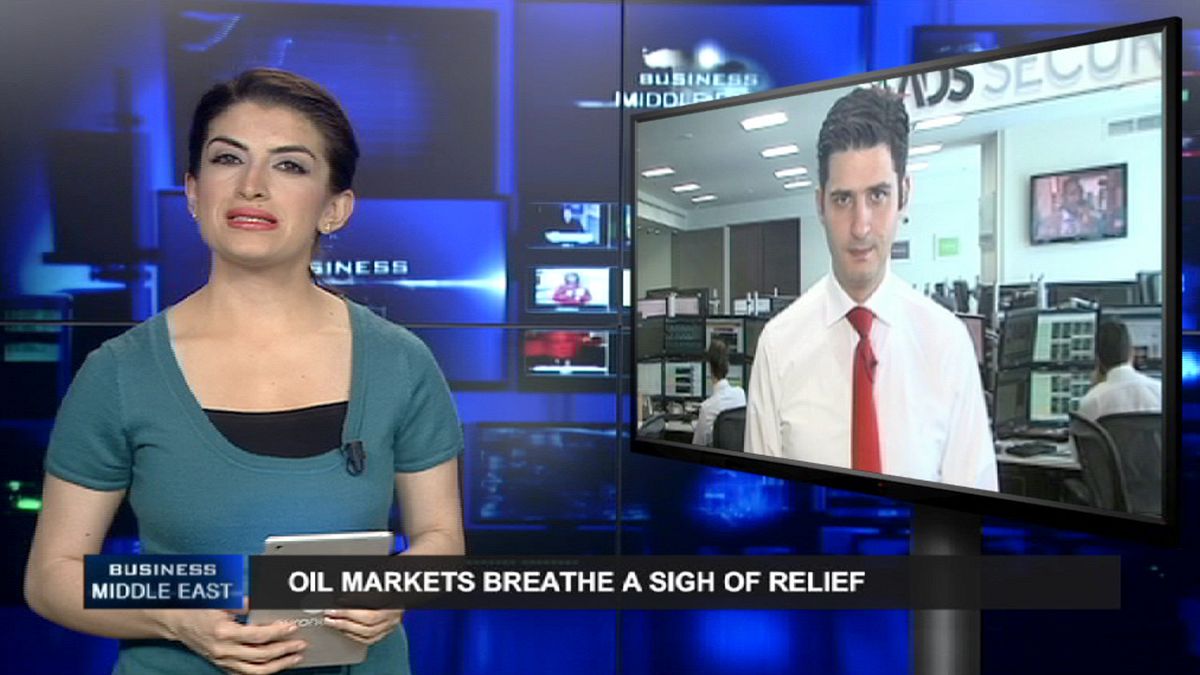February saw the first monthly increase in oil prices after seven months of steep declines. Is the oil industry out of the woods, or is there more trouble ahead?
The oil industry is breathing a sigh of relief after oil prices rose in February for the first time since July.
At the same time, US stocks rose way above expectations and cautious optimism prevailed among investors.
Oil prices are still only around half what they were in July 2014, when they ranged between $100 and $115 per barrel.
February production data
February’s oil production data provided a glimmer of good news for an industry that’s seen seven straight months of falling prices – its worst streak in six years.
According to that data, last month the price of Brent crude rose by 18.79%, while West Texas Intermediate (WTI) was up by 4.56%.
The United States saw a 19.38% reduction in the number of oil rigs in operation. At the same time, its crude inventories were up 8.4 million barrels by the end of February.
In the Middle East, Saudi oil production hit a record high of 9.8 million barrels in February.
Gulf countries have maintained a positive tone since the last OPEC meeting in November.
Saudi Arabia’s oil minister, Ali al-Naimi, stressed that his country has been making efforts to halt the decline in oil prices, but said it needs non-OPEC nations to cooperate.
“Currently, they are not choosing to do so,” he said. “They have their reasons but I want it to be known that Saudi Arabia continues to seek consensus.”
More trouble ahead?
For more on this issue, Daleen Hassan spoke to Nour Eldeen Al-Hammoury in Abu Dhabi:
Follow @daleenhassan !function(d,s,id){var js,fjs=d.getElementsByTagName(s)[0],p=/^http:/.test(d.location)?'http':'https';if(!d.getElementById(id)){js=d.createElement(s);js.id=id;js.src=p+'://platform.twitter.com/widgets.js';fjs.parentNode.insertBefore(js,fjs);}}(document, 'script', 'twitter-wjs');Hassan: Will February’s price increase continue, or could we be in for another sharp decline?
Hammoury: Geopolitical factors had a role in price stability, especially after the latest Russian-Ukrainian agreement. There is also the coalition attack against ISIL in Iraq, where Iraqi army regained control of some oil fields near Mosul.The rising US dollar is playing a major role in the decline of oil prices. If the US dollar keeps rising, oil prices are likely to suffer even further. Moreover, oil production is growing while demand remains weak. Consistently negative economic news, especially from the industrial countries, is also likely to keep prices down ahead of the OPEC meeting in June.
Hassan: To what extent did the Gulf ministers’ statements contribute to this stability, even though there haven’t been any moves to cut production?
Hammoury: The ministers’ remarks played a major role in the recent stabilization. The markets always follow these statements and they try to calm the markets by saying that the recent decline is temporary and prices are likely to rise again soon. In other words, the ministers are confident that an action by the producers will happen sooner or later. That led investors to stand aside and close their short positions, which in turn helped boost oil prices.
Hassan: Despite a slight rise, oil prices remain low. How could this affect the Gulf region?
Hammoury: Cheaper oil prices are dangerous for GCC budgets as they could end up facing deficits, which could lead to reduced spending or action being taken, such as the imposition of new taxes.However, we should not forget that the GCC countries have vast financial reserves. But cheaper oil prices would affect them in the longer term given the huge number of projects they have scheduled.
Hassan: Moving to the US, how does the decline in oil rigs affect the US oil market?
Hammoury: The decline in the rig count will have a negative effect on the energy sector which isn’t visible yet. The downside pressure remains as inventories are on the rise and rig counts continue to decline. Therefore we might see some bankruptcies ahead.



